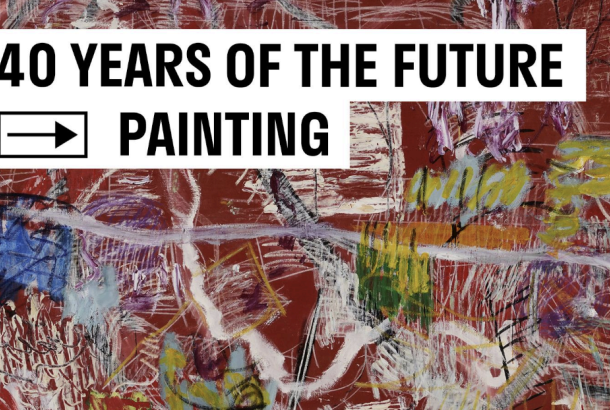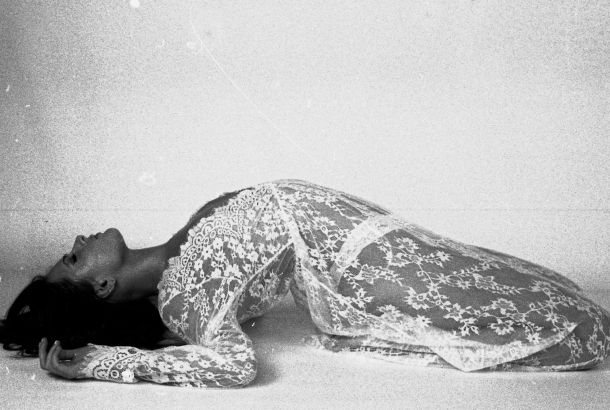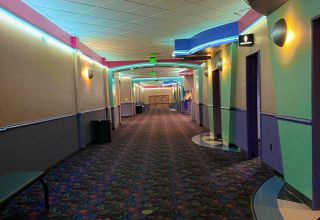Inside The Artistic History of Corecore: TikTok’s Latest Obsession
By Owen Scott
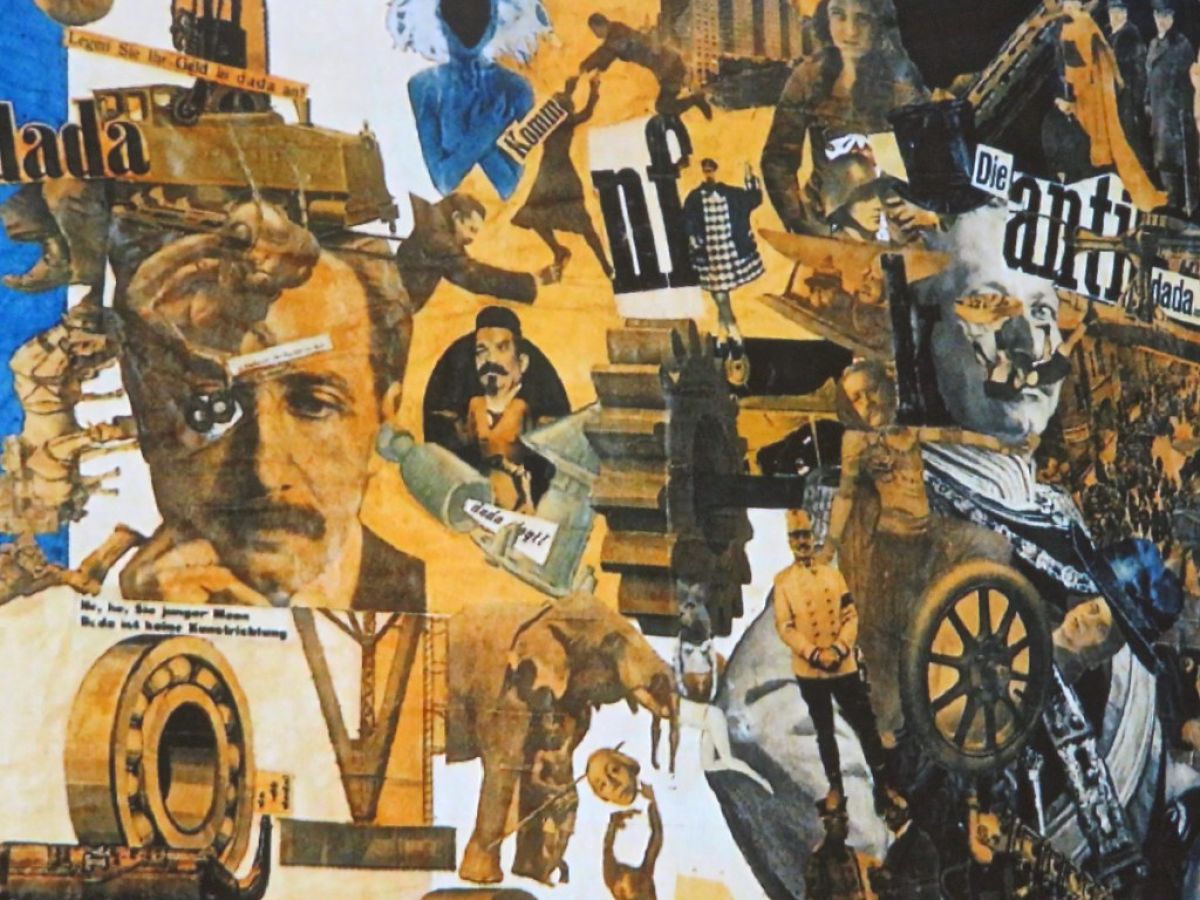
Corecore is an aesthetic that’s been gaining traction this year on TikTok. If you have the app, you’ve no doubt seen it. The TikToks take the form of strange disconnected quotes and images (taken from a range of media, from The Simpsons to American Psycho) overlaid with sad, sombre music. It’s an aesthetic that takes pride in its confusion and chaos, although some TikToks focus on a particular issue such as climate change or women’s rights in 2023.
As with so many trends on TikTok, and as internet veterans can infer from the ‘core’ name, Corecore originated on Tumblr. The tone of the aesthetic, however, was much different on Tumblr to TikTok. On Tumblr, the aesthetic was rooted in mocking the social media platform’s obsession with curated aesthetics; think sadcore, cottagecore, balletcore etc. However, on TikTok, in 2023, the world is in a much different place. With more people are online than ever, in the post-Pandemic world of increased conflict, people are looking to the internet for expressing their feelings more than ever. Corecore reflects users’ feelings towards these world changing events, presenting a gallery of sad images, set to sad music, that all carry a sense of nostalgia for a perceived simpler time. As Kieran Press-Reynolds told Mashable, Corecore videos are ‘like meme-poems, rife with short movie clips, music, and soundbites that are somewhat nostalgic, nihilistic, or poignant’. They’re a modern way of communicating feelings of isolation that are in, themselves, modern.
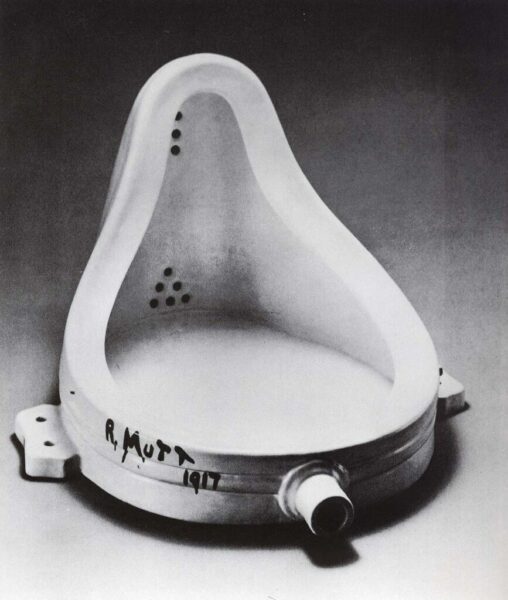
Corecore TikToks tackle (to varying degrees of sensitivity and taste) some very triggering issues, from depression to alienation to suicidal thoughts so check out the hashtag here with some caution.
The history of Corecore actually runs further back than Tumblr, however, as we can take it all the way back to Dadaism, a Twentieth Century art movement that originated during the First World War in Switzerland. The movement believed that such horrific global conflict had been incited by capitalist ideas and believed passionately that art had to exist outside of capitalist structures. As a result, it embraced a sense of chaos in its style, a rejection of standard practices and norms in art that it considered to be bourgeois. The movement embraced forms such as collage, sound poetry, sculpture and cut-up writing to express political views or to satirise the events of the day. Duchamp’s ‘Fountain’ is a key example of this, as he presented a urinal with a name drawn on it to the Society of Independent Artists as a statement about free expression. The urinal was an every day symbol placed starkly against a new context, radically defying the more close-minded societal norms of the period.

(a later Dada piece)
The ethos of Dadaism is evident in Corecore today. The parallels are obvious: the chaos of disjointed images and the sense of dejection because of events in the modern world, running through each piece. The difference is the medium used. In the case of Dadaism, the movement expressed itself in forms like collage, where Corecore manifested itself in the form of Tiktoks. It’s a profoundly modern way of expressing anger and apathy towards the world as it is today. The confused, almost nonsensical collages of Dadaism can be found in the TikToks Corecore has generated, as they are, themselves, collages. However, TikTok uses modern references (again The Simpsons, American Psycho, and clips from modern news channels) and sets them to synthwave music.
So what does this resurgence of Dadaism, manifested in the rise of Corecore tell us? It tells us that there’s a large group of people online who feel disconnected and unhappy with the world today. In a world of Doomscrolling at 3am, it’s only natural that this Doomscrolling would take on an art form of its own. It is, of course, worth mentioning that the pessimistic angle to these Tiktoks. If there’s an audience to this extent, there’s a clear sense of unhappiness online. As with all TikTok trends though, Corecore is sure to lose its traction, much like Dadaism. It’s also certain, though, that Dadaism will impact future movements, as the Tiktoks call back to art history, ruminating similar sentiments of alienation.

